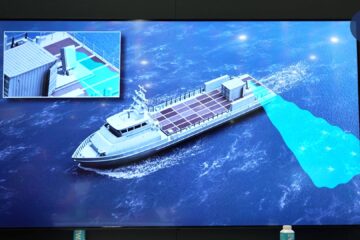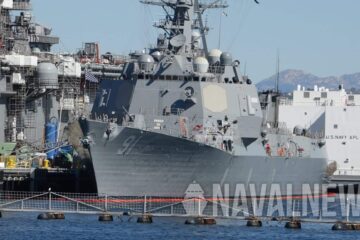The US Navy is looking to buy Electromagnetic Aircraft Launch System (EMALS) and Advanced Arresting Gear (AAG) shipsets for its yet to be named CVN 82, 83 and the French Navy (Marine Nationale)’s Future Aircraft Carrier.
The notification which was released last week, states that “The Naval Air Systems Command (NAVAIR) is seeking eligible business firms who can produce up to three (3) quantity Advanced Arresting Gear (AAG) and up to three (3) quantity Electromagnetic Aircraft Launch System (EMALS) shipsets, in support of United States CVN 82, the Future French Carrier, and potentially United States CVN 83.
Supplies and services to be procured through the contract actions include the manufacture, assembly, integration, test, delivery, storage, installation checkout parts and support and certification of the EMALS and AAG shipsets and the associated overall program management, schedule updates, technical data updates”

The announcement states that the Energy Storage System (ESS), which stores energy from the ship in flywheels for immediate use in launching aircraft, will not be part of this planned contracting effort. Kato Engineering, which is part of the EMALS team, manufactures the system.
EMALS and AAG are currently replacing the older generation of steam catapults and hydraulic arresting gears on the Nimitz-class carriers and the lone Charles De Gaulle carrier.
The new systems are expected to reduce maintenance, manning, and hazards associated with the older systems while increasing reliability and expanding the launch and recovery capacities on both extreme ends of aircraft.

This allows the US Navy (and Marine Nationale in the future) to integrate unmanned aerial vehicles and heavier next generation manned aircraft on their respective carrier air wings.
EMALS and AAG also reduce undue fatigue associated with recovery and launch of aircraft using the older generation of steam catapults and hydraulic arresting gear systems. The new systems allow for a more fine-tuned force to be placed on airframes on both launch and recovery. This has an added benefit of reducing costs and time associated with maintenance of airframes and also extends their service lives.






